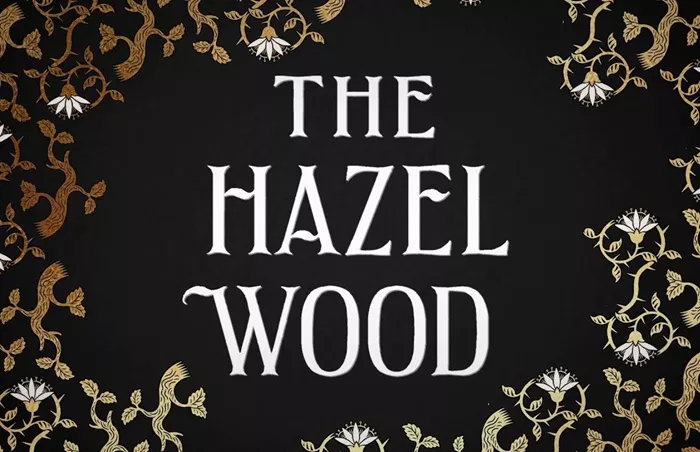Melissa Albert’s debut novel The Hazel Wood aspires to reimagine the fairytale genre with a darker, more mysterious edge. Released in 2018 and the first in a duology, the novel sets out to blend fantasy, horror, and coming-of-age themes through the story of a teen girl entangled in the supernatural legacy of her family. While conceptually promising, the execution falls short, failing to fully deliver on the eerie magic it promises.
The narrative centers on 17-year-old Alice, who has spent her life on the move with her mother, seemingly always fleeing from an unseen threat. Alice believes their transient lifestyle is rooted in an attempt to escape her grandmother, an elusive author of a cult-favorite book of twisted fairytales titled The Hinterland. But when her mother mysteriously vanishes, Alice is thrust into the shadowy world she had long dismissed as fiction.
At first glance, The Hazel Wood offers all the elements of a compelling tale: a strong female lead, eerie folklore, family secrets, and a looming sense of dread. However, these components ultimately feel underdeveloped and unbalanced.
The protagonist, Alice, is positioned as an unconventional heroine, but her characterization leans heavily on sarcasm and detachment, making her difficult to connect with. Her frequent displays of bitterness and aloofness hinder the reader’s investment in her journey. While some may interpret this as emotional armor, the lack of depth makes her come across as one-dimensional.
Supporting character Ellery Finch, a devoted fan of The Hinterland, provides brief moments of levity and intrigue but is inconsistently written. His behavior swings between affable and distant with little narrative justification, leaving readers confused about his motivations.
Perhaps the greatest letdown is the novel’s treatment of the fantastical elements it hints at so frequently. For much of the book, Alice and Ellery are engaged in repetitive dialogue and meandering travel, with minimal narrative development. When the story does shift into the magical realm of The Hinterland, it does so abruptly and without adequate world-building. Readers are introduced to surreal and enigmatic settings, but with little explanation or grounding, the scenes feel chaotic rather than enchanting.
Despite its flaws, The Hazel Wood is not without merit. The snippets of fairytales interwoven throughout the book—excerpts from Alice’s grandmother’s work—offer glimpses of the haunting creativity Albert is capable of. These brief interludes hint at a richer, more compelling world that the main storyline unfortunately fails to fully explore.
In the crowded landscape of dark fairytales, The Hazel Wood had the potential to stand out but instead becomes lost in its own ambition. Readers seeking a richly imagined fantasy grounded in emotional resonance may find themselves disappointed. For those intrigued by the premise, there are other titles in the genre that more successfully marry modern storytelling with fairytale tradition.

